Bob Drury - The Heart of Everything That Is: The Untold Story of Red Cloud, An American Legend
Here you can read online Bob Drury - The Heart of Everything That Is: The Untold Story of Red Cloud, An American Legend full text of the book (entire story) in english for free. Download pdf and epub, get meaning, cover and reviews about this ebook. year: 2013, publisher: Simon & Schuster, genre: Politics. Description of the work, (preface) as well as reviews are available. Best literature library LitArk.com created for fans of good reading and offers a wide selection of genres:
Romance novel
Science fiction
Adventure
Detective
Science
History
Home and family
Prose
Art
Politics
Computer
Non-fiction
Religion
Business
Children
Humor
Choose a favorite category and find really read worthwhile books. Enjoy immersion in the world of imagination, feel the emotions of the characters or learn something new for yourself, make an fascinating discovery.
- Book:The Heart of Everything That Is: The Untold Story of Red Cloud, An American Legend
- Author:
- Publisher:Simon & Schuster
- Genre:
- Year:2013
- Rating:5 / 5
- Favourites:Add to favourites
- Your mark:
The Heart of Everything That Is: The Untold Story of Red Cloud, An American Legend: summary, description and annotation
We offer to read an annotation, description, summary or preface (depends on what the author of the book "The Heart of Everything That Is: The Untold Story of Red Cloud, An American Legend" wrote himself). If you haven't found the necessary information about the book — write in the comments, we will try to find it.
The great Sioux warrior-statesman Red Cloud was the only American Indian in history to defeat the United States Army in a war, forcing the government to sue for peace on his terms. At the peak of Red Clouds powers the Sioux could claim control of one-fifth of the contiguous United States and the loyalty of thousands of fierce fighters. But the fog of history has left Red Cloud strangely obscured. Now, thanks to the rediscovery of a lost autobiography, and painstaking research by two award-winning authors, the story of our nations most powerful and successful Indian warrior can finally be told.
Born in 1821 near the Platte River in modern-day Nebraska, Red Cloud lived an epic life of courage, wisdom, and fortitude in the face of a relentless enemythe soldiers and settlers who represented the manifest destiny of an expanding America. He grew up an orphan and had to overcome numerous social disadvantages to advance in Sioux culture. Red Cloud did that by being the best fighter, strategist, and leader of his fellow warriors. As the white man pushed farther and farther west, they stole the Indians land, slaughtered the venerated buffalo, and murdered with impunity anyone who resisted their intrusions. The final straw for Red Cloud and his warriors was the U.S. governments frenzied spate of fort building throughout the pristine Powder River Country that abutted the Siouxs sacred Black HillsPaha Sapa to the Sioux, or The Heart of Everything That Is.
The result was a gathering of angry tribes under one powerful leader. The white man lies and steals, Red Cloud told his thousands of braves at council fire. My lodges were many, now they are few. The white man wants all. They must fight for it. What came to be known as Red Clouds War (18661868) culminated in a massacre of American cavalry troops that presaged the Little Bighorn and served warning to Washington that the Plains Indians would fight, and die, for their land and traditions. But many more American soldiers would die first.
In The Heart of Everything That Is, Bob Drury and Tom Clavin, the New York Times bestselling authors of Halseys Typhoon and The Last Stand of Fox Company, restore Red Cloud to his rightful place in American history in a sweeping and dramatic narrative based on years of primary research. As they trace the events leading to Red Clouds War they provide intimate portraits of the many and various men and women whose lives Red Cloud touchedmountain men such as the larger-than-life Jim Bridger; U.S. generals like William Tecumseh Sherman who were charged with annihilating the Sioux; fearless explorers such as the dashing John Bozeman; and the warriors whom Red Cloud groomed, the legendary Crazy Horse in particular. And residing at the heart of the story is Red Cloud, fighting for the very existence of the Indian way of life.
This fiery narrative, fueled by contemporary diaries and journals, newspaper reports, eyewitness accounts, and meticulous firsthand sourcing, is a stirring chronicle of the conflict between an expanding white civilization and the Plains Indians who stood in its way. The Heart of Everything That Is not only places the reader at the center of this remarkable epoch, but finally gives Red Cloud the modern-day recognition he deserves.
Bob Drury: author's other books
Who wrote The Heart of Everything That Is: The Untold Story of Red Cloud, An American Legend? Find out the surname, the name of the author of the book and a list of all author's works by series.


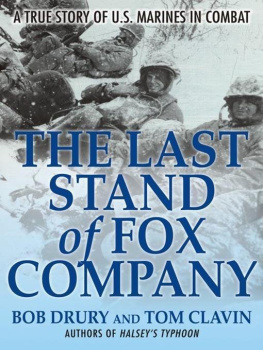
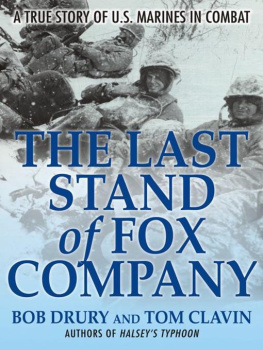


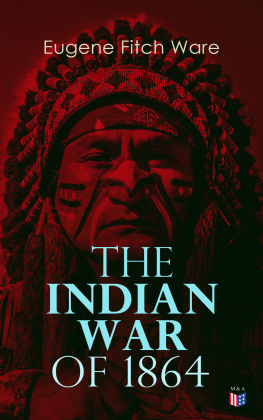
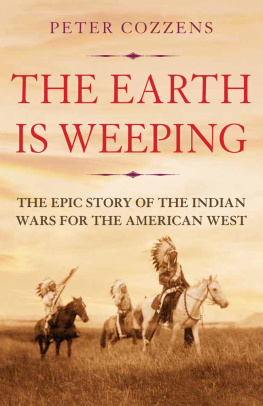
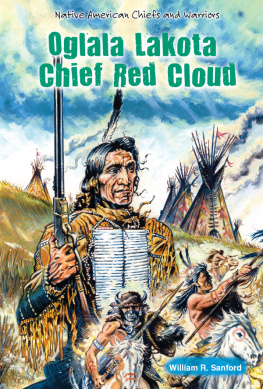


 Prologue
Prologue 